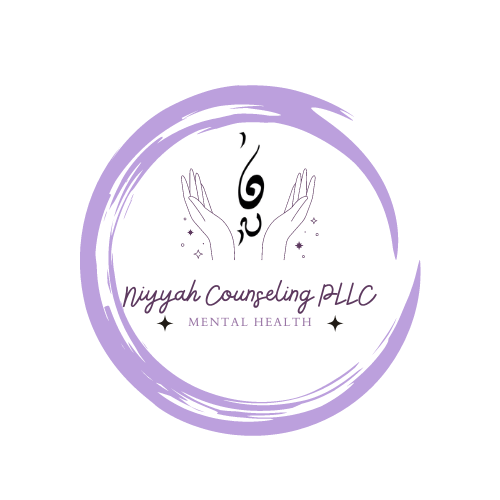Racial Trauma: Signs Symptoms and Ways to Combat It by Amanda Young, LCSW
Racial trauma is the emotional and physical symptoms that BIPOC (Black, Indigenous, and People of Color), including the span of all ages, experience due to the microaggressions and racism that they experience in a variety of contexts in a span of a lifetime. Microaggressions are brief and commonplace daily verbal, behavioral and environmental indignities, whether intentional or unintentional, that communicate hostile, derogatory, or negative racial slights and insults to the target person or group” (Sue, Capodilupo, Torino, Bucceri, Holder, Nadal, et al., 2007, p. 273). Racism is defined as when someone is treated unfairly due to the basis of their skin or background, a form of discrimination. Everyday children of color are subject to traumatic events whether it is directly or indirectly. These events unfortunately happen more often than not and have a negative impact on the recipients’ mental health. Children of color witness mistreatment and differences that start as early as school age but are conditioned to not say anything out of fear of being hurt emotionally and physically. So youth of color are forced to carry this weight on their shoulders and walk through this world suppressing everything that is going on with them which leads to trauma that is accumulated over the course of their lives. Racial trauma can have lasting effects and can be life altering for youth of color.
According to SAMHSA’s 2018 National Survey on Drug Use and Health ,despite rates being less than the overall U.S. population, major depressive episodes increased from 9 percent-10.3 percent in Black and African American youth ages 12-17, 6.1 percent to 9.4 percent in young adults 18-25, and 5.7 percent to 6.3 percent in the 26-49 age range between 2015 and 2018. The prevalence among Blacks and African Americans are less likely than white people to die from suicide at all ages. However, Black and African American teenagers are more likely to attempt suicide than White teenagers (9.8 percent v. 6.1 percent). Due to the racial disparities in healthcare, stigma in the communities in which children of color live and the strong distrust of the majority, lack of professionals in different helping fields are some of the reasons that prevent children of color from seeking help.
So what does it take to start the process of changing how we address children of color? First by recognizing the signs of racial trauma. Some signs of racial trauma are: ongoing emotional distress, including episodes of fear, anger, sadness, and irritability without any apparent cause, a tendency to put themselves down or assume their worth is lower than their peers, increased levels of generalized anxiety, trouble concentrating on tasks, withdrawing from social situations or having social anxiety, hypervigilance that includes jumpiness, restlessness, and heightened sensitivity to their surroundings, avoiding specific places or activities, such as school and after-school sports or clubs, difficulty accepting or following their cultural customs in public, lower self-esteem, physical symptoms, including aches and pains, appetite changes, and insomnia or other sleep problems as well as PTSD.
Although we are not able to undo the harm that has been done, we do not have to be a part of the problem. It is not enough to “not be racist”, it is vital to become Anti-racist. We can take steps to ensure that children of color are protected from continuous trauma. We can take steps of combating racial trauma by educating ourselves on children of color experiences, identifying our isms and privilege, cultivating a safe, warm, empathetic environment to communicate, validating their feelings, recognizing disparities, being genuine and seeing children of color can be the start of combating racial trauma.
